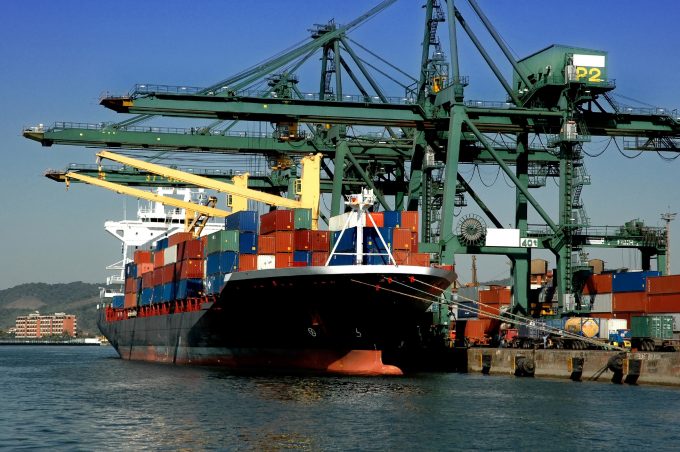Shipping disruption and e-commerce demand driving up airfreight rates
The start of the airline summer season this month is likely to hit airfreight rates ...

Container spot freight rates between Asia and South America’s east coast have recovered from the depths at the beginning of this year, soaring by over 400% on the back of radical capacity cuts.
According to Drewry, the Asia-ECSA route is a trade currently “bucking the trend with an unparalleled spike in prices”.
Spot rates between Shanghai and Santos languished at a sub-economic $600 or less per 40ft through January and early February, according to Drewry’s Container Freight Rate Insight data, forcing carriers into “drastic surgery”.
Faced with a significant year-on-year reduction in demand of some 28% on the tradelane, as the Brazilian recession deepened, carriers took urgent action, effectively cutting southbound capacity on the route by nearly 30%.
“As of June 2016, there were only three weekly Asia-ECSA services, versus twice that number 12 months prior,” notes Drewry.
It adds that the nine different operators that service the trade have settled on optimal units, averaging 8,500 teu.
As a result, spot rates on the route have soared. According to the latest Shanghai Containerized Freight Index (SCFI), container spot rates between China and South America stood at $2,543 per teu, having advanced by a further 6.4% during the week.
Drewry asks why – given that capacity cuts have worked for carriers on this route – this “scalpel” is not being applied on other routes.
The consultant compares the vastly improved financial returns for container lines operating between Asia and South America with the development of the over-tonnaged Asia-Middle East route.
Despite flat demand, Drewry notes that Asia-Middle East westbound capacity increased by 7% between January and June, with the average size of the ships deployed up 10% on a year ago, at 7,300 teu.
Further evidence of aggressive targeting of the trade by carriers came last week via Hyundai Merchant Marine’s (HMM) announcement that it was upgrading one loop and adding a second in a strategy designed to increase its market share 8% to 13%.
Spot rates on the route have already plunged to around $400 per tea, from about $1,000 per teu 18 months ago, and with zero growth at present, they could fall even further as a consequence of the capacity injection by HMM.
According to Drewry, the difference between the Asia-ECSA and Asia-Mid East trades is that the latter’s lack of coordination is preventing carriers taking remedial action to correct the overcapacity, because the route has its “own special dynamics”.
It says: “The huge rate increases seen in Asia-ECSA will tempt carriers to replicate the plan elsewhere.” said Drewry, but it adds that they will have greater success in trades that are most closely coordinated.
Comment on this article
Orestis Katsoulas
July 11, 2016 at 3:27 pmWouldn’t the reduction in the Asia-ECSA services increase the number of idling ships and hence increase costs for the carriers? Does it depend on the trade-off between the higher freight rates against the cost of over-capacity such as in idling ships?
Mike Wackett
July 12, 2016 at 10:13 amIn theory yes.
However, the carriers may be able to off-hire some chartered-in tonnage and / or redeploy the redundant vessels, together with owned ships, onto other trades.